The phase to neutral supply voltage is controlled by the power generation companies and utilities by using transformers with on-load tap changers. Depending on the region you can find different supply voltages.
Europe is following the IEC 60038, mainly with distribution in TN-systems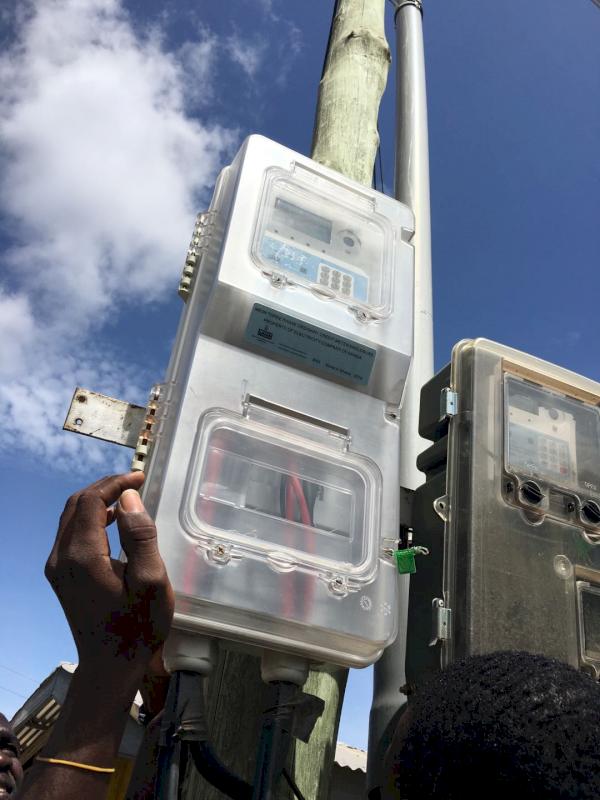 Electrical Power Supply Systems. The voltage is defined with 230 V ±10% and the frequency is 50 Hz ±0.2 Hz. Many other countries in Africa and Asia are following the same limits.
Electrical Power Supply Systems. The voltage is defined with 230 V ±10% and the frequency is 50 Hz ±0.2 Hz. Many other countries in Africa and Asia are following the same limits.
Considering the European limits, the voltage can vary between 207 Volts and 253 Volts. With increasing voltage, the power for resistant load is rising. (P = I2 * R)
It's not harmful, the water in the water cooker is faster boiling. The used energy is the same. Home appliances are designed to operate within the voltage limits.
Exceeding the limits can lead to damage or malfunction, e.g. conventional light bulbs might stop to provide their originally intended function earlier. I can't prove this, since several years all bulbs in our region have been changed to compact fluorescent bulbs. These bulbs come together with introducing additional harmonics in the grid, but this is another story.
What happens when the voltage drops?
The water cocker takes less power and needs more time. All resistive loads have this behavior. Inductive loads e.g. electro motors will pull more current. This leads to additional heat and can damage the home appliance when the voltage is below the specified limits.
Industrial motors have under voltage protection. For refrigerators and air-conditions, it depends on the manufacturer.
CLOU energy meters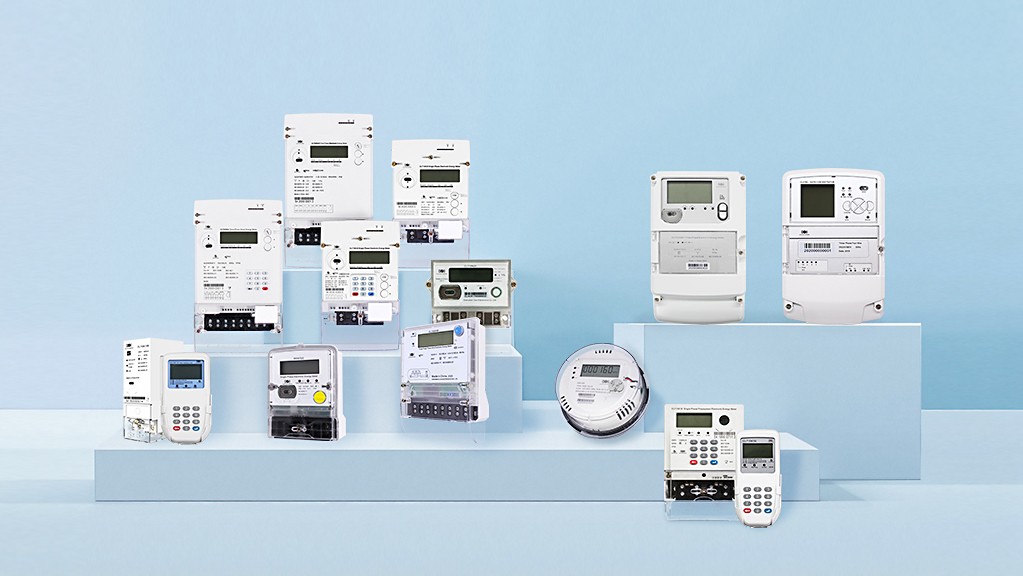 Discover the Power of Electronic Energy Meters with Our Expertise with supply control switch
Discover the Power of Electronic Energy Meters with Our Expertise with supply control switch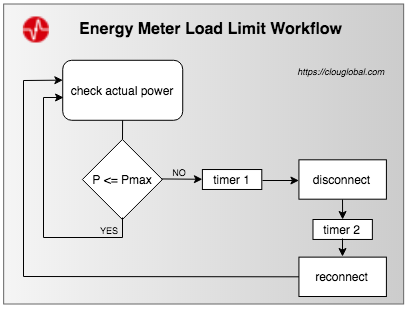 What is a Load-Switch? can offer additional protection against damage due to over- or under voltage. These meters are programmable for the limits (default is ±20%) and for the disconnection time. The meters reconnect after the given time if the voltage is within the limits.
What is a Load-Switch? can offer additional protection against damage due to over- or under voltage. These meters are programmable for the limits (default is ±20%) and for the disconnection time. The meters reconnect after the given time if the voltage is within the limits.


The meter display or the indication on the user interface unit is like this. It toggles every two seconds with the remaining waiting time for reconnection.
Thank you for taking a look.
Stay safe Safeguarding Yourself: A Guide to Personal Safety with Electrical Installations!
Safeguarding Yourself: A Guide to Personal Safety with Electrical Installations!
Editor's note: This article was originally published in October 2020 and has been updated for comprehensiveness.





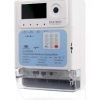
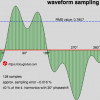

Helpful, but I still don't understand why my meter disconnected (CIU Over vol) but my neighbor's is working.
There can be several reasons, e.g.
– supply from different transformers
– the meters have different threshold settings
– domestic meters have a tolerance of 1%, which can also lead to this behaviour.
Hello,
I need to ask about the voltage missing in the meter , if we have direct three phase meter and the voltage in phase 1 and phase 2 is zero and current in the three phases 30 A (for example).
What should the meter do ??
If the meter calculate V1 and V2 as zero , the energy consumption will be less than the real consuption.
Thanks in advance.
When you have a direct connected meter, the connection wires have a voltage potential difference vs. neutral. The current depends on the connected load. If the phases 1 and 2 have zero potential difference, there can be no current.
Thank you for this educative article. In the case of disconnection due to over voltage. How do I reconnect.?
Thank you for your comment.
Nowadays, most utilities worldwide follow the strategy to reconnect the meter after such event automatically. The supply needs to be within the programmed limits (default +/-20% for two minutes). If the meter was remotely disconnected, you need to press any meter button or in case of STS payment meters, you enter the code 00.
I personally also prefer the auto-reconnection, because the goods in the refrigerator can be spoiled once the event happened in the morning, and you return from work in the evening. We in CLOU are highlighting this, and many other practical things, when a utility places an order. Still, we are manufacturer and accept the utility ideas.
Thanks, please let me find out what's going on now with Distribution Utility about the applications of this important device developed by you. I will keep you posted.
Thank you for forwarding the information, indeed many utilities don't know about additional functions of smart meters.
We live in Chile, and work for most countries in LAtam (Latin America Countries) This device on the meter is very good to protect equipments from this variation of Volts. I have an old paper from American Company where it shows principal problems of volts variation for motors, lights, PCs, etc. Principal problems about volts we have in here are that volts moves over and under tech specs, and users do not know, except when it goes much over. I am very sure your device would be very well received by users, Utility, Authorities, etc. Thanks and congratulations.
Thanks for the comment, Mariano. This function is indeed very useful.
Good to know about the resistive and inductive loads.Will it be correct then to recomend resistive loads over inductive especiallyin terms of cookers
Thank you for the interesting question, Patricia. You are right. Inductive cookers tend to pull more current when the voltage drops. They are designed to operate within a certain voltage range. Having voltages below their specified value can lead to damage.